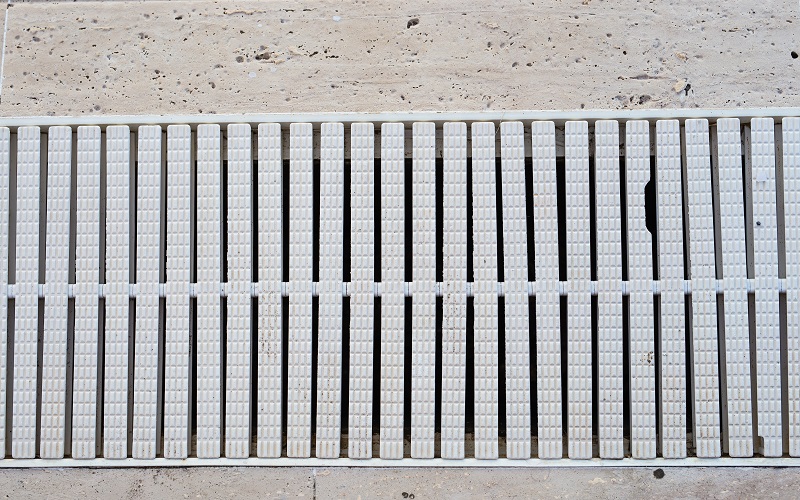Many homes in the United States are built with a basement. Unfortunately, most of them are vulnerable to damage due to the absence of a reliable basement drainage system. According to one survey, many homeowners opt-out of installing drainage systems due to costs and a lack of understanding of how they work.
In this article, we’ll help you get a clear understanding of what basement drainage systems are, how they can protect your properties, and what types of systems you can get. We will also discuss the parts that make this seemingly complicated system work.
What Are Basement Drainage Systems?
Basement Drainages, as its name implies, are home fixtures intended to remove excess water from basements. Simple drainages often fall into three categories; namely, floor drains, French drains, and sump pumps. On the other hand, a comprehensive drainage system may include any of the three.
Here are the definitions of these three types of drains:
Floor Drains: This type of drains is the most common one among the three. They are plumbing systems that are often made of three parts. The first part is the inlet which receives the excess moisture. The piping, on the other hand, redirects water to the final section, which is the outlet.
French Drains: The second type of Drain is the French Drain. Similar to floor drains, the main force that moves water with French drains is gravity. The most obvious difference of a French drain is the use of gravel or rocks and perforated pipes. The perforated pipes help it collect water over a larger area.
Sump Pumps: Sump pumps are the most modern type of Drain among the three. It uses electronic pumps to suck water from a sump basin located in your basement. It is the most preferred type of Drain for basements as it works properly regardless of how deep your basement is. For this reason, going forward, we will be focusing more on sump pumps over the other two.
Any of these drainage systems will work wonderfully for your basement as long as a professional install it for you. You can also combine two or more of them to make sure that your property is 100% safe from basement flooding.
How Do Sump Pumps Work?
Basements are located in the lowest parts of our homes. Most of the time, they are lower than ground-level. As we all know, gravity tends to pull things to lower sections of homes. Hence, it can be really tricky to device a way to push water out of your basement.
Sump Pumps addresses this problem by using mechanical pumps to force water outside your property. Most sump pumps can overcome even the highest basement walls. Engineers often design sump pumps drainage systems with sump basins. Sump basins are often at the lowest part of basements. They collect wastewater then redirect it to the sump pump.
Its best feature, however, can sometimes be its biggest weakness. The use of electric pumps means that the drainage systems almost completely fail during blackouts. Its electrical consumption also means additional recurring costs for homeowners.
Nevertheless, this issue can be addressed by using energy-efficient water pumps. You can also install electric generators to address electrical blackouts. Installing a basement drainage system can save you tons of money in the future. It can also protect your home and family from compromised foundations due to moisture and soil erosion. We at Permadry Waterproofing can provide you with top-notch waterproofing solutions for your home. We can also help you identify the best drainage systems for your property. We also offer services such as internal and external drainage systems, foundation repairs, crawl space encapsulation, and more. Contact us now to learn more!

